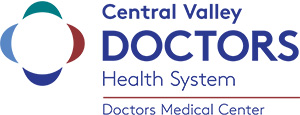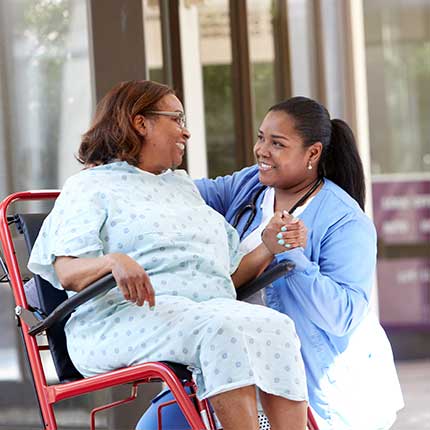Healthy Living: Emergency Room
What to Expect in the ER
Emergencies happen at all hours of the day and night, so the hospital emergency department offers 24-hour emergency room services and work-related injury services. We know that visiting an E.R. isn’t always expected and can by a scary experience. We will do our best to make your visit as comfortable as possible for you.
When you have a medical emergency, you want to be seen and diagnosed as quickly as possible. Here’s some information to help you know what to expect during your visit.
Emergency Room Services: Why Am I Waiting?
- Ambulance patients may be arriving who need to be seen immediately.
- Some medications need to be mixed and reviewed by one of our pharmacists.
- The doctor and/or nurse may be waiting for your test results.
- The doctor may be trying to reach your primary care physician or a specialist.
Helpful Tips
- It’s recommended that you do not eat or drink anything before you speak with the triage nurse as this could affect your care and possibly delay treatment.
- Please let the triage nurse know about any and all medications, vitamins, herbal supplements or substances you may be taking.
- Please check with the triage nurse before using the restroom in case a specimen is needed.
Step 1: Triage
In the emergency department, patients are seen in the order of medical severity. When you arrive, you will first be greeted by a patient care representative who will take some information about your symptoms, etc. Then, you will be escorted to a triage nurse, who is specifically trained to identify life-threatening issues. After your assessment, you will be prioritized according to the medical severity of your symptoms.
Step 2: Treatment Area
You will be taken into a treatment room where you will be prepped for your visit with the physician and greeted by one or more nurses, who will obtain additional information for the physician’s arrival.
Step 3: Doctor’s Exam
You will then be examined and an ER staff will assess, diagnose and treat your current medical condition. Patients have the right to request to be seen by a physician if they are not comfortable being evaluated by a Nurse Practitioner or a Physician Assistant.
Step 4: Testing
The physician may order tests to help diagnose or treat your illness. These tests may or may not include lab studies, X-rays, CT scan, Ultrasound, MRI or electrocardiogram (EKG). Please keep in mind that it may take some time for the test results to be compiled and reviewed.
Step 5: Diagnosis & Treatment
After your care, it will be determined whether you can be safely discharged or if you will need to be admitted to the hospital for further care. You will receive a personalized diagnosis that will be explained to you.
Visitors and Family
Family and visitors play an important part in patient care and healing. Family and visitors are often welcome in your treatment room. Out of respect for the privacy of other patients, the size of the room and because our healthcare professionals will be in and out, we ask that you please limit visitors. Additional visitors are welcome to wait in the lobby area or outside on the benches.


